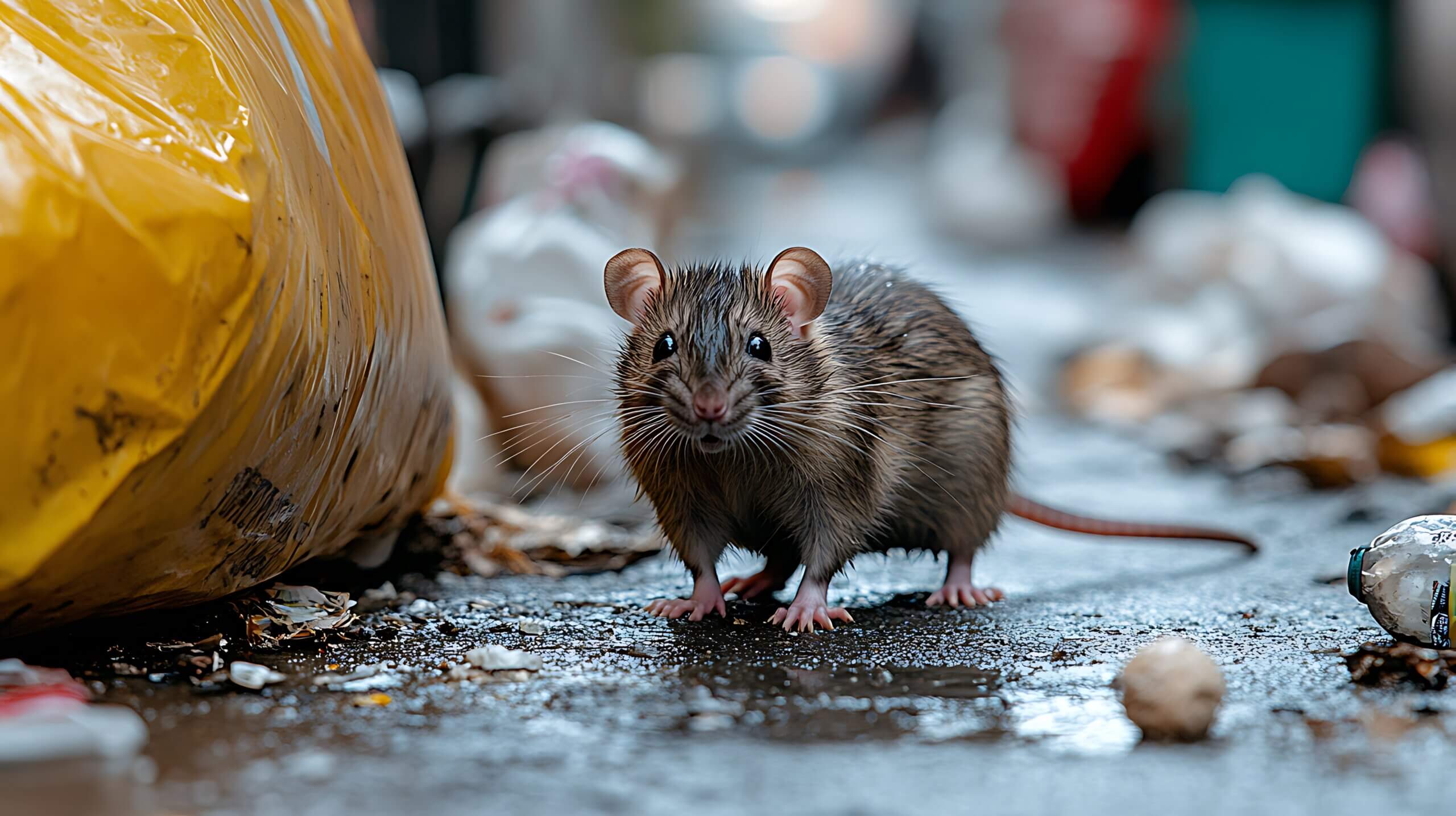NAVIPP Scientific Watch Serie
Pathogens in the city
A recent study in Bamako, Mali, investigated rodents and shrews living in the city. Researchers discovered pathogens of public health concern, including Bartonella species, Coxiella burnetii (the agent of Q fever), and Trypanosoma. Although prevalence was low, these findings underscore the importance of monitoring urban wildlife.
Why urban surveillance matters
Cities are not isolated from zoonotic threats. In urban environments, humans, invasive species, and native wildlife interact in ways that can facilitate spillover events. As climate change and urbanization accelerate, the risks will only grow.
The NAVIPP perspective
NAVIPP’s mission extends beyond the lab: we are building tools that can translate discoveries from surveillance into actionable solutions. By testing antiviral candidates against a broad panel of pathogens, NAVIPP ensures that when urban spillovers occur, potential treatments are already in the pipeline.
Conclusion
The Mali study is a reminder that pathogens can emerge in unexpected places. Strengthening surveillance and connecting it with antiviral discovery efforts like NAVIPP is essential to reduce risks before they escalate.
